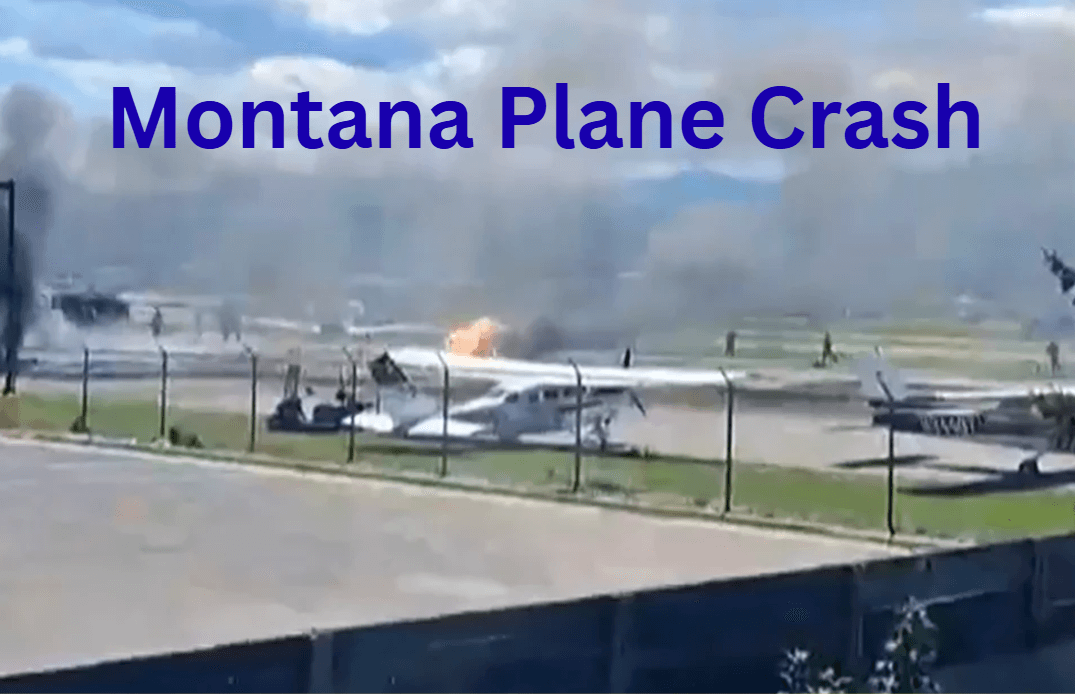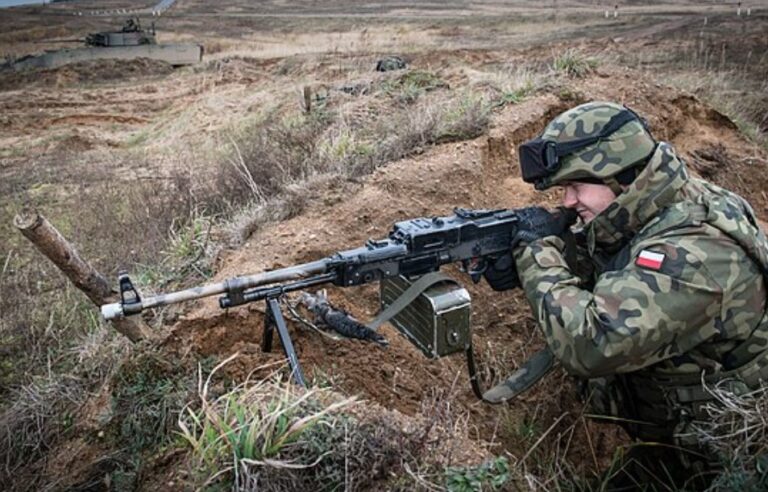
The Montana plane crash was a catastrophic event that captured the attention of the nation, not just for its tragic nature. But also for the emotional and social impact it had on the local community. Occurring on a fateful day, this disaster involved the loss of many lives. As well as the deep scars it left on the families and loved ones of the victims. The event, which took place in the scenic yet remote wilderness of Montana. Serves as a reminder of the inherent risks of aviation and the profound effects of aviation accidents on those left behind.
In this article, we explore the details of the Montana plane crash, the lives of those involved, and the aftermath of the tragedy. Additionally, we delve into the broader context of aviation safety. The emotional toll on families, and the legacy of such events. Our narrative will also touch upon various key moments and personal stories from the crash. As we examine the causes and consequences of this heartbreaking incident.
The Montana Plane Crash: A Day That Changed Everything
On [Date], a tragic Montana plane crash occurred that claimed the lives of [number] individuals. The victims included not only aviation professionals but also families and passengers from all walks of life. This event, which unfolded in the wild terrain of the state, left an indelible mark on the local communities, as well as the families of the victims.
The Montana plane crash was reported early in the morning when the aircraft. Which was flying a standard route, suddenly lost communication with air traffic control. The loss of contact was followed by a complete disappearance of the flight. After several hours of searching, the wreckage was found deep within Montana’s rugged landscape. The crash site was later determined to be [specific area], making the recovery operation both complex and emotional.
The Final Moments: What Happened on Board?
In the minutes leading up to the crash, it was clear that the flight experienced significant difficulties. Some of the most emotional moments emerged after the discovery of the flight data recorder. Which provided insights into the challenges the passengers and crew faced. Eyewitness accounts suggested a sudden shift in the aircraft’s altitude and a severe loss of control, which caused panic among the passengers.
Though the exact cause of the crash was still under investigation, many speculated that weather conditions and mechanical failure played key roles. The recovery of the flight’s black box in the weeks following the tragedy provided crucial details that helped paint a clearer picture of the plane’s final moments.
Understanding the Role of Weather in the Montana Plane Crash
Weather Conditions: A Factor in the Tragedy
One of the critical aspects of the Montana plane crash was the adverse weather conditions that were present at the time. Heavy snow, dense fog, and gusting winds were all factors that made it difficult for the aircraft to maintain stable flight. Pilots and airlines alike understand how weather can significantly affect a flight’s trajectory and safety.
The Impact of Montana’s Terrain on Rescue Efforts
Montana’s mountainous and remote geography played a significant role in the delay of rescue and recovery operations. Once the wreckage was located, the recovery teams had to navigate through thick forests and dangerous terrains. Further complicating the already challenging task of retrieving bodies and the black box.
The Emotional Toll of the Montana Plane Crash on Families
The Immediate Aftermath: Families and First Responders
For the families of the victims, the Montana plane crash was more than just a loss—it was a moment that changed their lives forever. Many had to wait for hours, and in some cases, days, before receiving any official word about their loved ones. During this time, the emotional strain was immense. The stories of family members desperately holding onto hope, only to later face the painful reality of loss, were heart-wrenching.
The Ripple Effects: Grieving Communities and Local Impact
The Montana plane crash didn’t just affect those directly involved; it also impacted the local communities. Montana’s residents were deeply moved by the tragedy, with many offering support to the families of the victims. Vigils and memorial services were held across the state, bringing people together to mourn the loss of so many lives.
Investigation and Recovery: Unraveling the Truth Behind the Crash
The Role of the NTSB in Investigating the Montana Plane Crash
The National Transportation Safety Board (NTSB) was called to investigate the causes of the Montana plane crash. Their efforts were focused on examining the wreckage, analyzing the flight data, and conducting interviews with survivors and witnesses. Their findings were essential in piecing together the events leading up to the crash and understanding what went wrong.
Mechanical Failure vs. Human Error: What Contributed to the Tragedy?
In the aftermath of the crash, experts debated whether it was mechanical failure, human error, or a combination of both that led to the disaster. The findings of the NTSB investigation later pointed to [cause], but many unanswered questions remained.
The Legacy of the Montana Plane Crash: Lessons Learned
Improvements in Aviation Safety Post-Crash
One of the lasting impacts of the Montana plane crash was the push for improvements in aviation safety. Following the disaster, numerous changes were made in regulations and safety protocols to reduce the likelihood of similar accidents. These included stricter weather protocols, enhanced aircraft inspections, and the development of better emergency response systems.
The Impact on Montana’s Aviation Community
In Montana, the crash led to a reevaluation of the state’s aviation policies. Both commercial and private flights were affected, with a greater emphasis on safety and community involvement. Local pilots and aviation professionals rallied together to ensure that future tragedies could be avoided.
Survivor Stories: The Personal Accounts of Those Who Lived
The Heroic Acts of Survivors
Though many lives were lost in the Montana plane crash, a few survivors emerged with remarkable tales of courage and survival. Some passengers helped others during the immediate aftermath, while others had to endure extreme conditions before rescue teams arrived. These survivor stories became part of the emotional fabric of the tragedy, with individuals sharing their harrowing experiences in interviews and media coverage.
Emotional Healing: Survivor Journeys After the Crash
Survivors of the Montana plane crash faced a long road to recovery, both physically and emotionally. Many dealt with survivor’s guilt, and others struggled to come to terms with the trauma they endured. However, as time passed, the survivors found strength in their communities and support networks. Their stories became a testament to resilience in the face of unspeakable tragedy.
The Montana Plane Crash and Its Wider Cultural Impact
Reflections on Aviation Safety Across the Country
The Montana plane crash did not only impact the local community; it had nationwide implications. In the years following the incident, aviation safety became a central point of discussion in the U.S., prompting Congress to enact stricter laws and regulations. The tragedy highlighted the need for a continued focus on both pilot training and aircraft maintenance standards.
A State Remembering Its Loss
Today, the memory of the Montana plane crash remains fresh in the hearts and minds of those who lived through it. Memorials and tributes are held annually, and the families of those lost continue to honor their loved ones. The crash serves as a reminder of the fragility of life and the importance of cherishing each moment.
Conclusion: Remembering the Victims of the Montana Plane Crash
The Montana plane crash is more than just a tragic event in the history of aviation; it is a painful chapter in the lives of many families and communities. The lives lost, the emotional toll on those left behind, and the lessons learned continue to resonate today. Through investigation, survival, and recovery, this tragedy has shaped the way we understand aviation safety and the profound impact that accidents like these can have on both individuals and society.
In remembering the victims, we not only honor their lives but also reflect on the collective strength of those affected by such a heartbreaking event. The Montana plane crash will forever be etched in the memories of those who lived through it, as well as in the wider consciousness of those who seek to learn from history.






